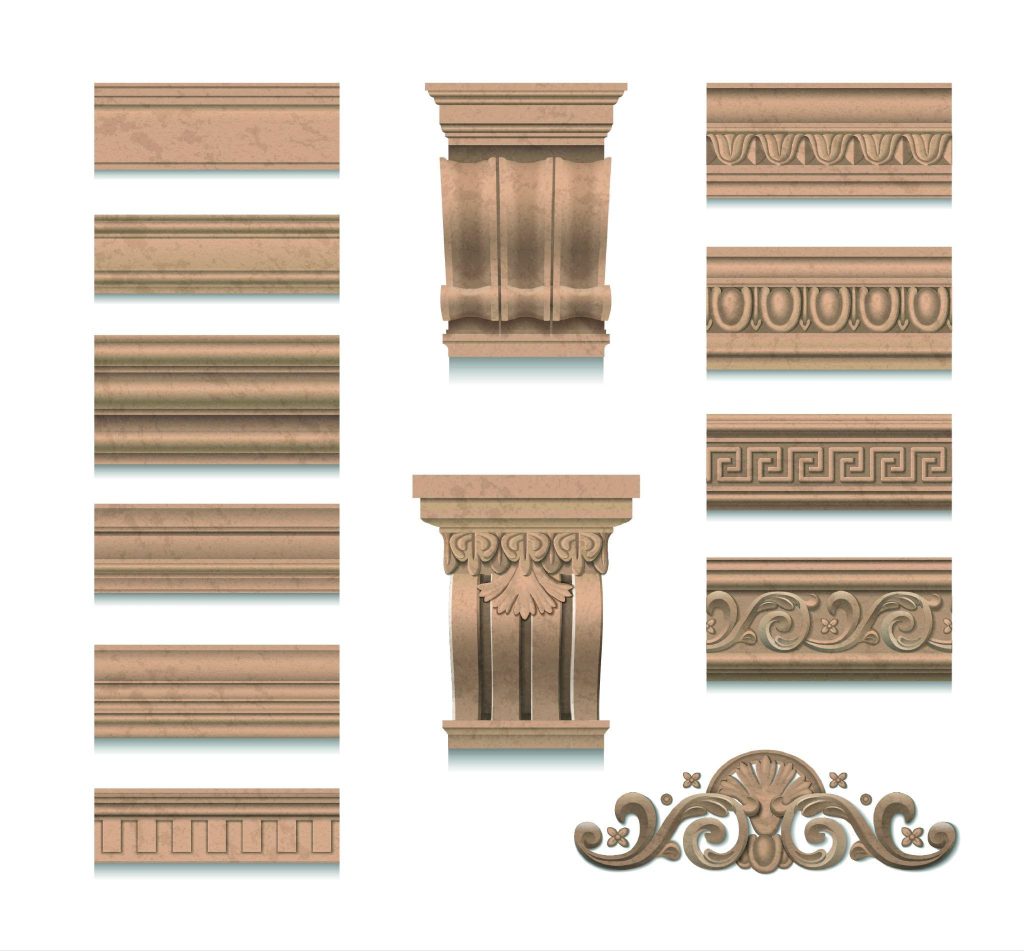EPS or Expanded Polystyrene is one of the main products of Shokret Petro Arman Polymer Pars. EPS is a family of polystyrenes and is used in various industries for various applications.
From the past, we know EPS by the name of Unolith, which is mostly used in the packaging industry. Of course, Unolit or EPS does not exist only in the same form as we have known for a long time, but it has different types.
This unitolith is made from a material similar to foam. In fact, we can say that EPS is the foam with more hardness. Due to the type of EPS structure, this material has very little weight. In addition, very little heat can pass through it. Although water can penetrate this foam, its amount is very small, and if it is exposed to heat for a long time, it will not be deformed or damaged.

EPS (expanded polystyrene) is a versatile product that is widely used in various industries and is the key product of Shukrat Petro Arman Polymer Pars. EPS is a lightweight, heat insulating and sound absorbing material from the polystyrene family.
EPS is produced by expanding polystyrene beads through a molding process, resulting in a closed cell structure. This unique structure gives EPS its beneficial properties and makes it suitable for a wide range of applications.
Applications of EPS foam
Now you know what EPS foam is? And what are the benefits? Therefore, it is better to know in which fields it is used. In fact, there are many uses of this unilith. Among their efficiency, we can mention the packaging and moving of equipment, all kinds of advertising boards, false ceiling, making all kinds of containers, etc. In the following, we will explain some important applications of EPS in different fields.
Sometimes you may have come across beautiful and attractive replicas in exhibitions or stores.
Here we explain to you that these beautiful replicas are made of EPS. In fact, due to the suitable material of this unitite and the possibility of easy cutting, you can make all kinds of replicas in different shapes and designs with it.
The light weight of this product will reduce the pressure in structures, and this makes EPS practical and ideal for making decor and use in architecture.
With its high resistance and strength, this foam can become a good option for design and architecture. You can have all kinds of columns, bases, beautiful models in your decoration with this foam.
As we mentioned, Foam EPS has the ability to be shaped into different shapes, and it can be easily cut and sanded; Therefore, it is used in the production of industrial models and many containers and packaging equipment are provided by it.
EPS technical features:
Now let's examine the advantages and disadvantages of EPS:
Advantages:
6. Chemical stability: EPS is resistant to chemical changes and oxidation and is generally not affected by chemical agents.

Both EPS and XPS polystyrene are chosen for different applications considering their specific advantages and characteristics. Currently, the use of these two types of materials has increased in various industrial sectors, architecture, etc. But these two have differences with each other, which we will discuss further.
